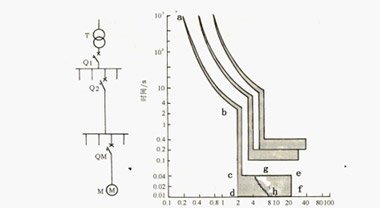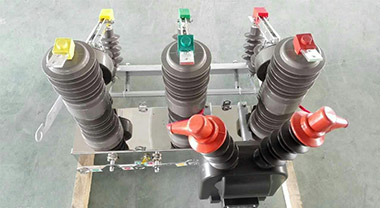Installation requirements for low-voltage circuit breakers
By:Nader Updated:September 09,2020 11:31AM
Installation requirements for low-voltage circuit breakers
1. The installation of low-voltage circuit breakers should comply with the requirements of the product technical documents; if there is no clear regulation, they should be installed vertically, and the inclination should not be greater than 5°.
2. When the low-voltage circuit breaker is used in conjunction with the fuse, the fuse should be installed on the power supply side.
3. The installation of the operating mechanism of the low-voltage circuit breaker shall meet the following requirements:
- The opening and closing positions of the operating handle or transmission lever should be correct; the operating force should not be greater than the specified value of the product.
- The wiring of the electric operating mechanism should be correct; the switch should not jump during the closing process; after the switch is closed, the interlocking device that limits the energization time of the motor or electromagnet should act in time; the energization time of the motor or electromagnet should not exceed The rated value of the product.
- The action of the switch auxiliary contact should be correct and reliable, and the contact should be good.
- The positioning of the three positions of work, test, and isolation of the withdrawable circuit breaker should be obvious, and should meet the requirements of the product technical documents.
- When the withdrawable circuit breaker is unloaded, there should be no jamming, and the mechanical interlock should be reliable.
The following requirements must be met when selecting a circuit breaker:
1. First, the rated voltage and rated current must meet the requirements
2. Determine the type of load, such as lighting or motor, and select the circuit breaker with the corresponding curve.
3. Select the value of short-circuit current.




